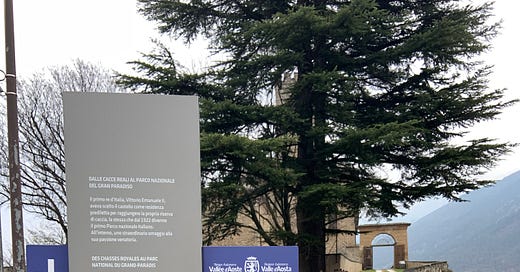Hunting Trophies on the Walls of the Hunting Lodge
Italy boasts a wealth of castles, many of which can be visited and some even offered for overnight stays. Amongst them, the Real Castle of Sarre stands out as the most captivating this year.
Although the castle was built in 1710 and later purchased and transformed into a hunting lodge by King Victor Emmanuel II in 1869, it is not as ancient as other castles in the region. Nonetheless, its interiors are truly remarkable and leave a lasting impression.
The Real Castle of Sarre was not the only hunting lodge owned by Victor Emmanuel II. The Castello de La Mandria, a UNESCO heritage site, was constructed in the 17th century for hunting trips in the picturesque Turin moors. Another magnificent palace, the Palazzina di caccia di Stupinigi (TO), was built in the second half of the 18th century. These palaces are highly recommended for their breathtaking beauty.
From early on, Victor Emmanuel II displayed a great passion for hunting. According to his biographies, he often disregarded his tutors' lessons to indulge in this and other interests.

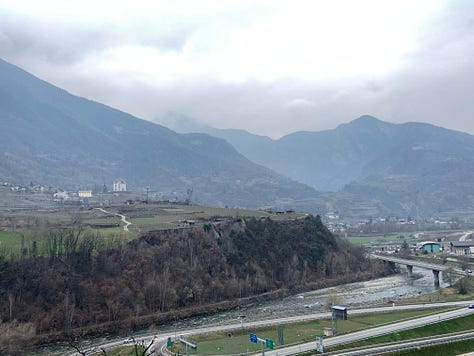
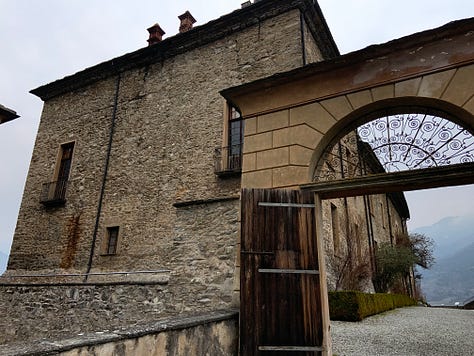
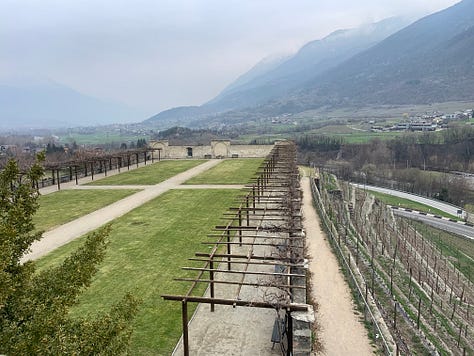
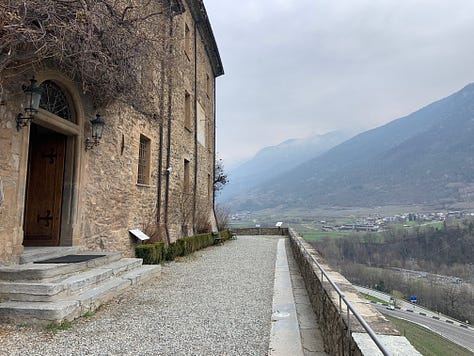
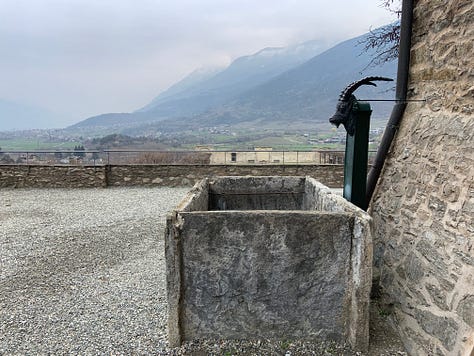
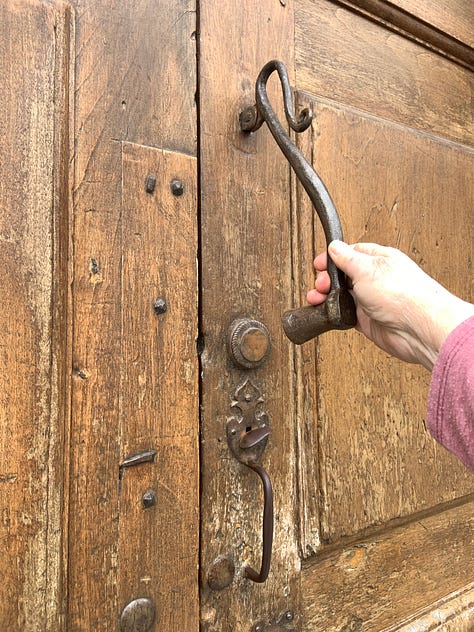
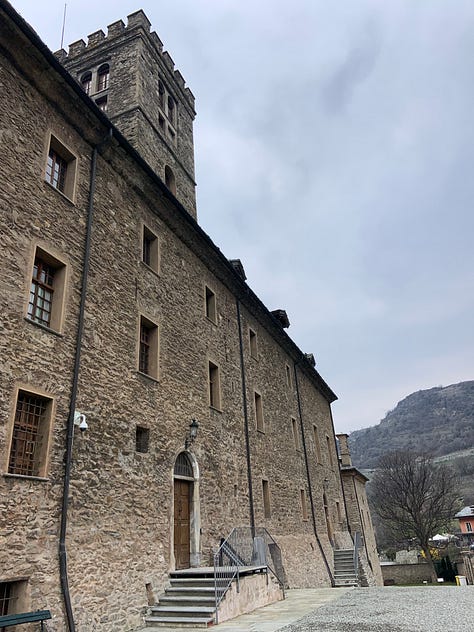
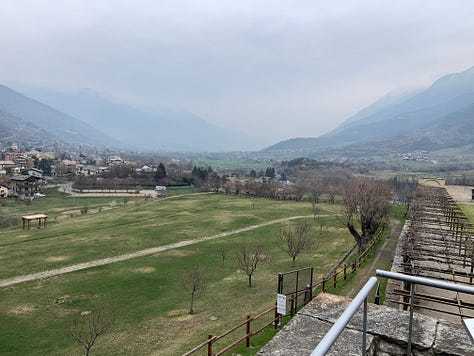
Historian Marco Cuaz describes a typical day for the king in Val d'Aosta: "He would hunt daily, arising promptly at four in the morning. After washing his face with cold water and forgoing any fragrance, he would enjoy his coffee outdoors, inspect his weapons and horses, and then give the order to commence the hunt. He would not eat until his return, usually around five in the evening. However, if his lunch was not ready by then, he would berate the cook in the local Piedmontese dialect. He would snatch some onions from their hands, and devour them with a bit of bread, treating them as if they were the finest delicacies. After dinner, he would attend to the decrees that required his signature."
The royal hunts provided a significant source of income for the local inhabitants of the valley. Victor Emmanuel II himself claimed that with his passion and amusement, he managed to ensure that polenta, a staple food made from cornmeal, adorned the tables of these people throughout the winter.
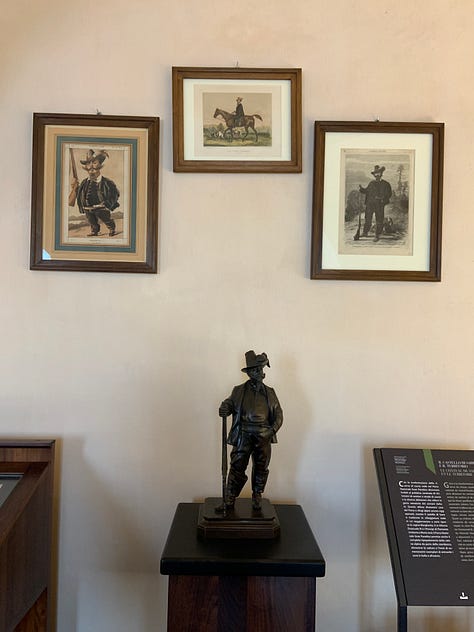
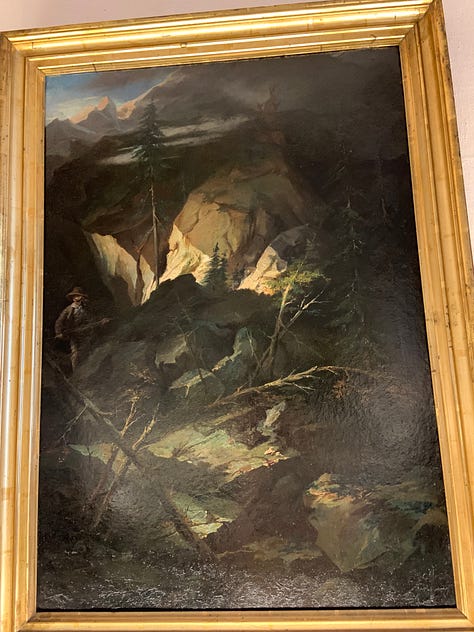
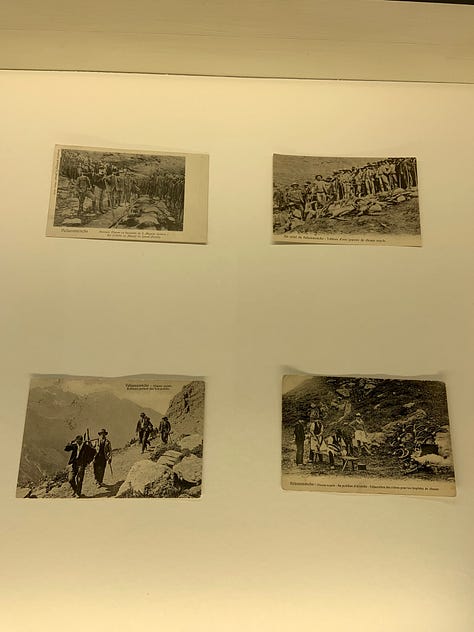
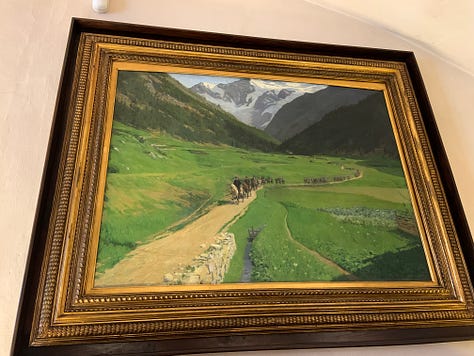
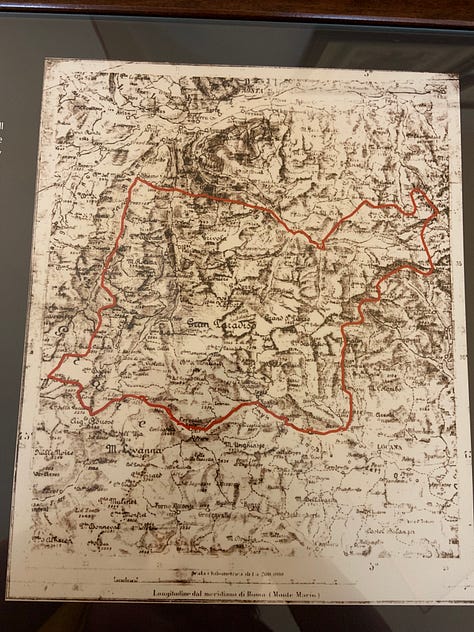
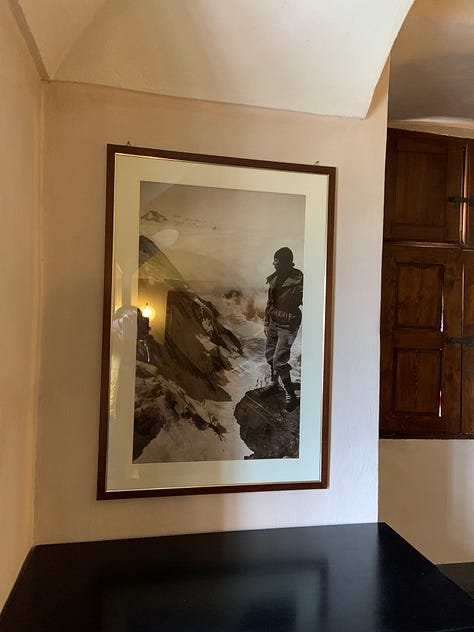
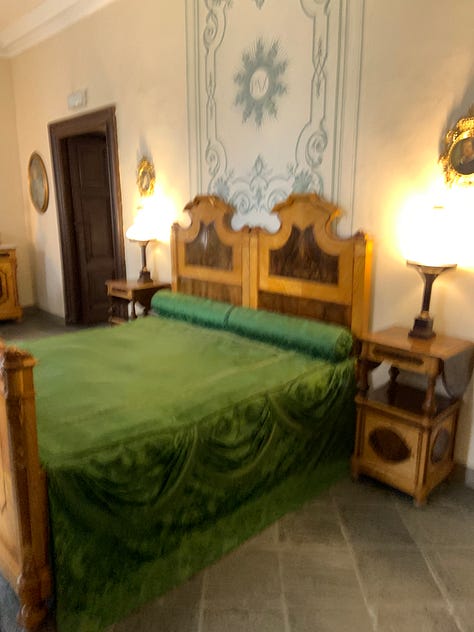
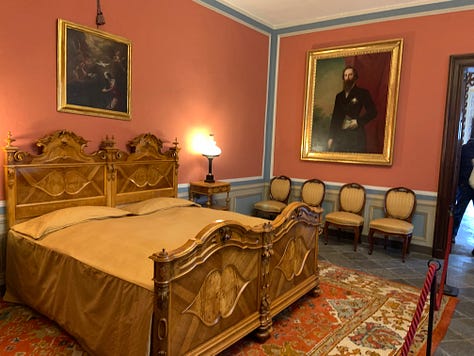
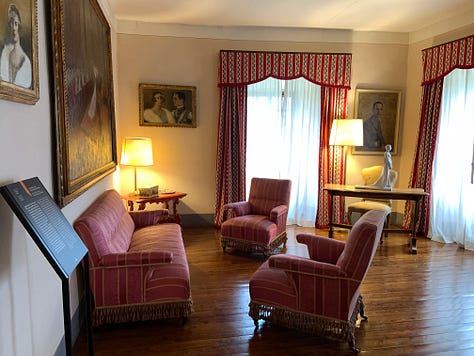
Even after Victor Emmanuel II, the castle remained inhabited by royalty. Umberto I renovated the castle and adorned its interiors with trophies of ibex and chamois. However, there are claims that it was Victor Emmanuel II himself who caused the extinction of these animals. On the other hand, it has been said that Victor Emmanuel II was an environmentalist due to his passion for hunting.
Queen Maria José also resided in this residence for several years.
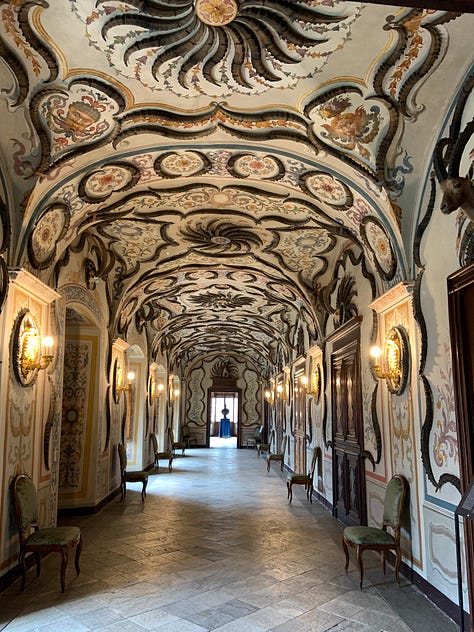
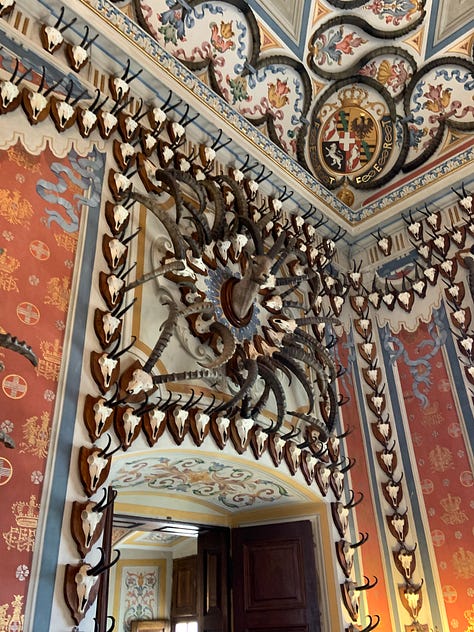
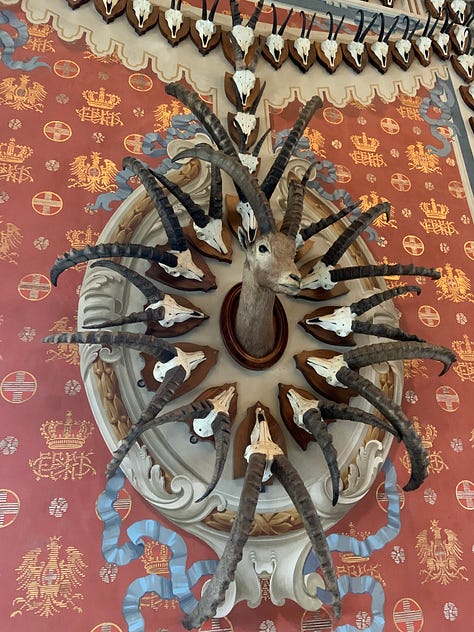
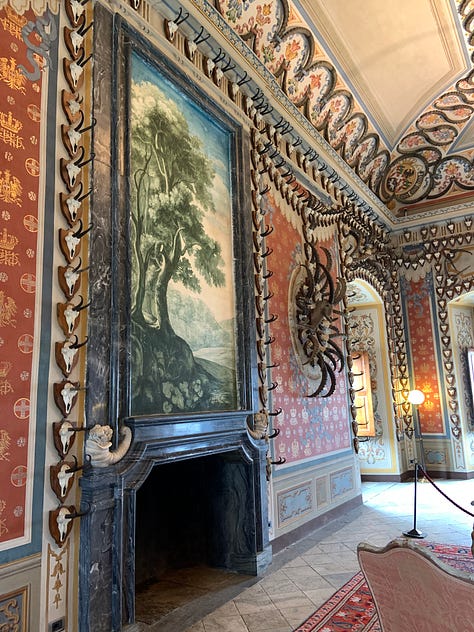
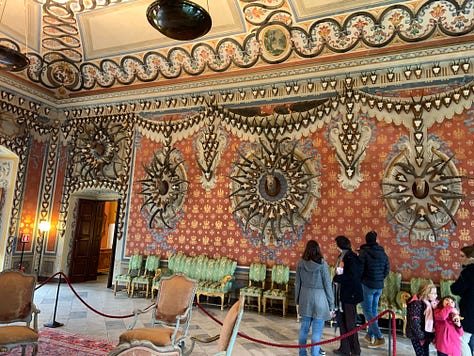
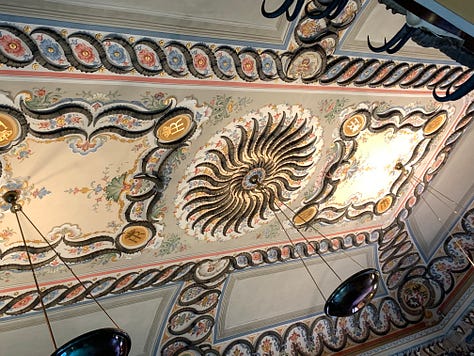
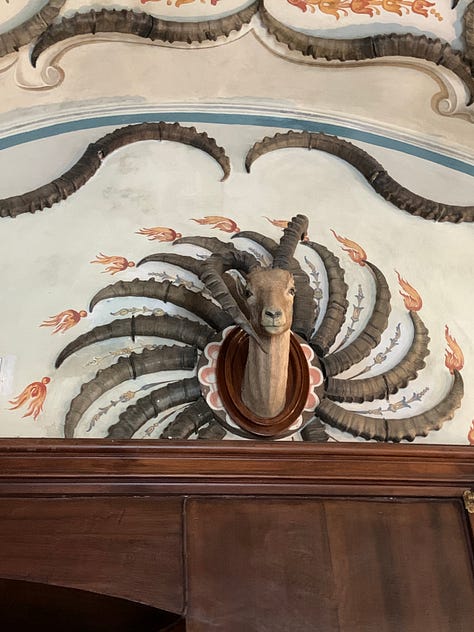
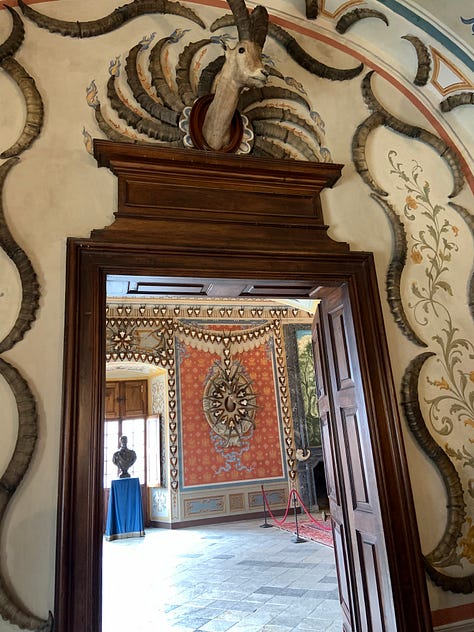
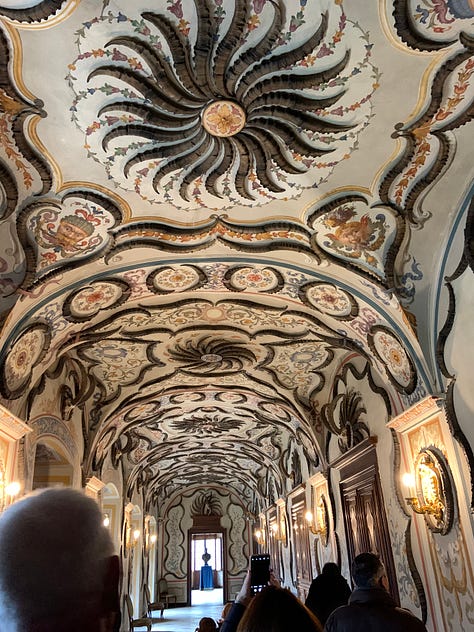
These (video) are real sounds that used to be used while hunting. Siegfried Horn Quartet Concert in Oasi Zegna, Biella (Italy)
This is the official website to control if the castle is open and the prices of the tickets (do not :
https://valledaostaheritage.com/en/castello-reale-di-sarre/
Really heartfelt advice: never leave if you are not sure that you will find the museum you intend to visit open.

